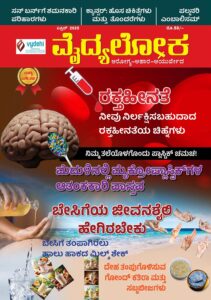Do you know the first aid for Fracture? A break or a crack in the continuity of a bone is called a fracture.
Causes
- Direct Force: The bone breaks at the site of the applied force. Eg. Jaw Bone fracture.
- Indirect Force: The applied force is at one place and bone breaks at another place. Eg. Collar Bone fracture
- Force due to mascular action: Fracture of knee cap bone because of violent contraction of the muscle attached to it.
Types
- Simple Fracture (Closed) – Broken ends of the bone do not cut open skin. No external wound is seen.
- Compound Fracture (Open) – Here the bone breaks and protrudes outside. It may cut the muscle and skin and wound communicates with fracture,
- Complicated Fracture – In addition to fracture, the fragment may injure internal organs. Eg. Fracture of the ribs.


- Pain at the site of fracture
- Tenderness at site of fracture
- Swelling
- Loss of Power
- Deformity
- Irregularity of the bone
- Crepitus (sound felt or heard)
- Un-natural movement at the site of the fracture
Aim
- Prevent further damage
- Make patient feel comfortable
- Reduce pain
- Get the medical aid as soon as possible.
Management
- Steady and support the injured part, so that no movement is possible.
- This stops further injury and helps stop bleeding otherwise. The broken ends may damage the arteries, veins and muscle.
- Immobilize the fracture area and the joints above and below by using bandage by splints
Fracture of the lower jaw
Signs and symptoms
- Difficulty in opening the mouth
- Difficulty in speaking
- Complaint of pain which increases on opening the mouth and speaking
- Swelling in the region of lower jaw
- Teeth may have fallen off
- Crepitus (sound felt or heard) may be felt.
Fracture of the breat/rib-bone
Signs & symptoms
- Pain at the chest due to the fracture
- Difficulty in breathing
- Irregularity of bone.
Management
- Binder
- Transportation
Fracture of the collar bone
Usually casualty supports it at the elbow with the other hand. Head inclined towards the injured side. The broken end can be seen and felt.
Management
Pad in the arm pilo, collar and pouch
Note: Most important – After First Aid, shift the victim/casualty to hospital at the earliest.
Read more on World health organisation’s tips on Medical kit and toilet items
To know more about first aid click here
K K Pradeep
Tejus crisis and Trauma Foundation











